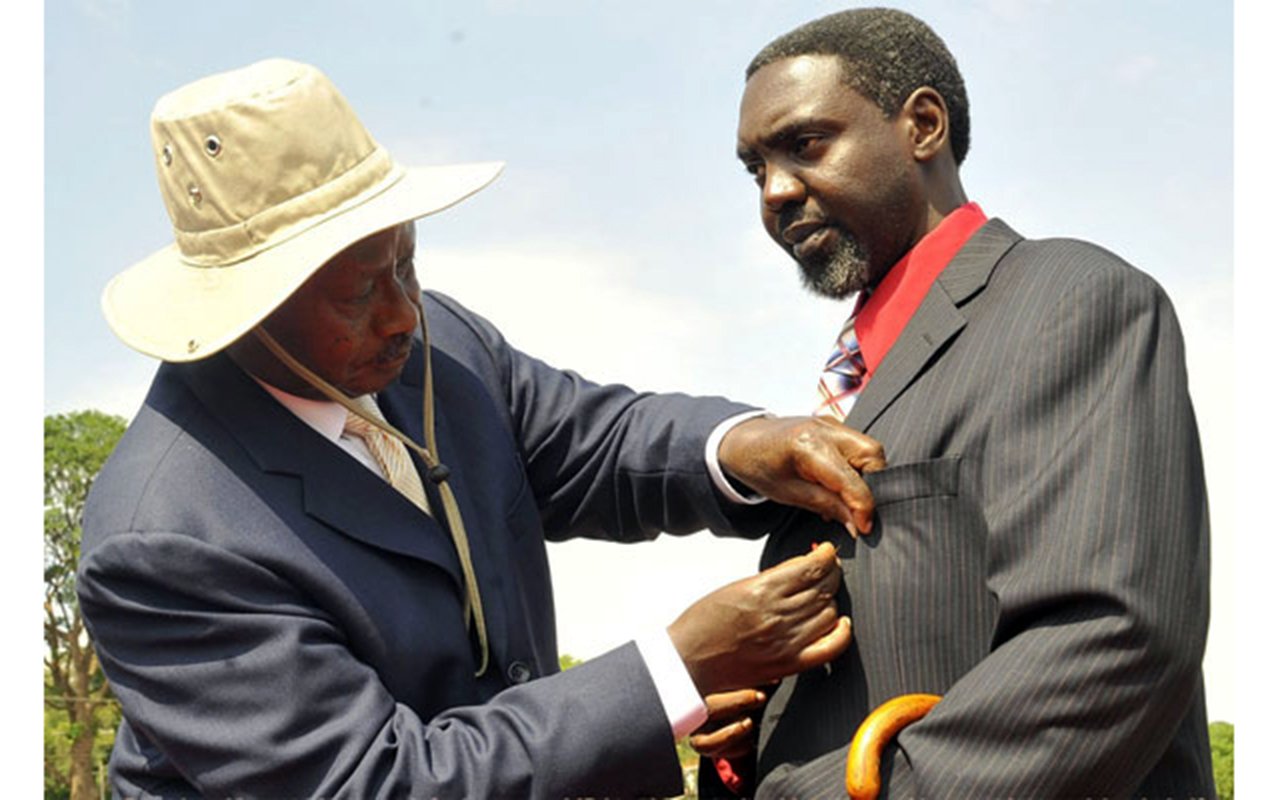Trump’s Role Model

David M. Driesen
What you need to know:
- Orbán, like Trump, has made demonization of immigrants a defining feature of his administration. Both leaders pursue racist policies of turning back immigrants from the south (mostly Central American asylum seekers trying to enter the United States, and Syrians coming to Hungary). Both justify their policies in part by claiming with little or no evidence that immigrants fleeing extreme violence and poverty are engaged in terrorism.
- Hungary has not experienced a terrorist incident. But Orbán nonetheless managed to secure a terrorism conviction of an exhausted and frustrated Syrian asylum seeker (later released) for throwing stones when the government built a razor-wire fence on Hungary’s southern border to block migrants making the arduous journey across the Balkans.
- Similarly, Trump has sought to deflect attention from low crime rates in America’s immigrant communities by highlighting violent incidents among the much larger naturalized immigrant population.
SYRACUSE – US President Donald Trump did not invent his immigration policy. Instead, he borrowed much of it from his fellow autocrat Viktor Orbán, Hungary’s prime minister, who fanned anti-migrant sentiment among a large enough share of voters to gain the political power he needed to dismantle Hungarian democracy.
Given Trump’s imitation of Orbán, US liberals who bewail the cruelty and stupidity of Trump’s immigration policies, and conservatives who advocate “border security,” miss the point. Trump is not using such measures to try to make America great; like his role model, he is trying to manufacture an immigration-related crisis to help him establish an autocracy. And although Trump’s efforts in this regard are less far advanced than Orbán’s nine-year-old project in Hungary, he has made more progress than most Americans realize.
Orbán, like Trump, has made demonization of immigrants a defining feature of his administration. Both leaders pursue racist policies of turning back immigrants from the south (mostly Central American asylum seekers trying to enter the United States, and Syrians coming to Hungary). Both justify their policies in part by claiming with little or no evidence that immigrants fleeing extreme violence and poverty are engaged in terrorism.
Hungary has not experienced a terrorist incident. But Orbán nonetheless managed to secure a terrorism conviction of an exhausted and frustrated Syrian asylum seeker (later released) for throwing stones when the government built a razor-wire fence on Hungary’s southern border to block migrants making the arduous journey across the Balkans.
Similarly, Trump has sought to deflect attention from low crime rates in America’s immigrant communities by highlighting violent incidents among the much larger naturalized immigrant population.
In particular, Trump repeatedly cited three brutal murders in California to bolster support for his harsh immigration policies.
The Hungarian government built its fence on the country’s border with Serbia in 2015. Trump has since copied Orbán by advocating construction of a wall on the much longer southern US border. And, just as Orbán used emergency powers to deploy Hungary’s army along its border and to build his fence, Trump has tried to use similar powers to order the US Army to fortify the southern border.
In defiance of international law, Hungary has limited asylum claims in order to prevent even immigrants fleeing extreme violence from entering the country. The Hungarian authorities have also put asylum seekers in detention camps pending processing of their applications, and have tried to restrict the number of asylum claims by relying on a third country, Serbia, to absorb the refugees.
Trump has employed the same tactics – limiting asylum claims, detaining asylum seekers, and using the theoretical possibility of asylum in a third country (in this case Mexico or Guatemala) – as an excuse to bar entrants. His drive to deport undocumented immigrants also follows the Orbán playbook, albeit with much larger effects because America’s immigrant population is far larger (in relative as well as absolute terms).
Both leaders demonize outsiders to shore up their popularity, and vilify their political opponents as outsiders in order to justify dismantling democracy. Trump’s recent call for four nonwhite Democratic congresswomen to “go back” to the countries they supposedly came from – even though three are US-born and the fourth is a naturalized citizen who arrived in America as a child refugee – is a particularly egregious example.
Yet anti-immigrant policies are not the only symptom of the drift toward autocracy in Hungary and America. While Orbán’s government has used bogus corruption charges to sideline political opponents, Trump has urged the US Justice Department to investigate his own adversaries. Attorney General William Barr has opened an investigation into US government employees who worked on the 22-month probe into Russian interference in the 2016 US presidential election, even though there is no evidence that these officials acted improperly.
Worse, Orbán has destroyed the independence of Hungary’s civil service and thoroughly politicized the administration of the law. Trump is doing much the same, with the result that the US government now loses about 94 percent of its regulatory court cases. At the same time, Trump has purged some 17,000 public officials by firing US State Department employees, shutting down the government, freezing pay, and creating an atmosphere hostile to honest, open debate about how to formulate and implement policy. By politicizing US administrative agencies, starting to capture the Justice Department, and committing himself to making ideological judicial appointments, Trump is now far along in his quest to destroy the rule of law in America.
While Orbán has applied economic pressure to force the closure of Hungarian opposition media, Trump has described the press as “the enemy of the people” and threatened libel actions against critical outlets. Finally, Orbán and his supporters maintain their grip on power in part by relying on gerrymandering and voter suppression (which mostly affects Hungarians living in Western Europe). Trump’s Republican Party uses similar tactics.
Orbán is a pariah in European circles for having eroded Hungarian democracy, yet Trump recently welcomed him to the White House and described him as “respected all over Europe.” Trump and his advisers evidently have learned a great deal from Orbán about racist immigration policies and how to destroy a democracy. They are not making America great or even good; they are making it Hungarian.
This commentary is based on research for the forthcoming book The Specter of Dictatorship and Judicial Enabling of Presidential Power (Stanford University Press, 2020).
David M. Driesen is University Professor at Syracuse University College of Law.
Copyright: Project Syndicate, 2019.




